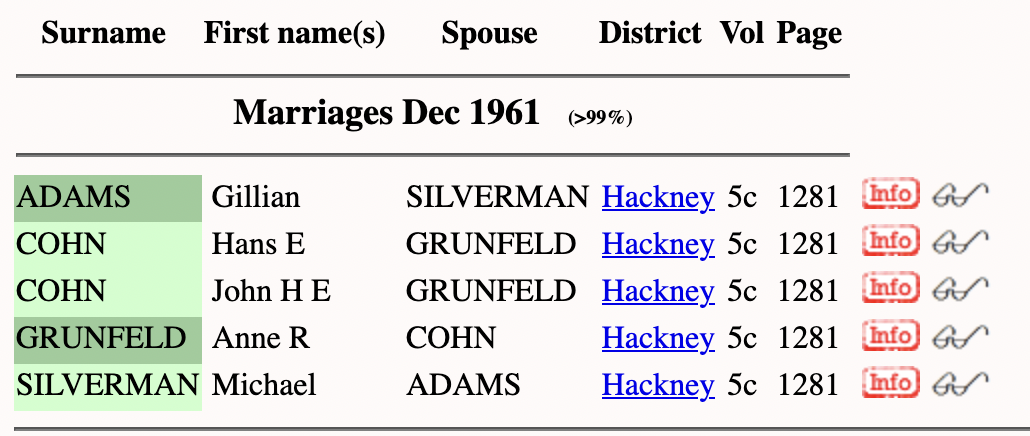It is a well-known fact that John H. E. Cohn proved around 1963 that $144$ is the largest perfect square in the Fibonacci sequence.
Do you happen to know what it is that the initials H and E stand for in the name of this singular mathematician?
From one of those short videos by Eduardo Sáenz de Cabezón I infer that it is not me the only individual that has tried to find out about those initials to no avail.
Please, let me thank you in advance for your answers or comments!




